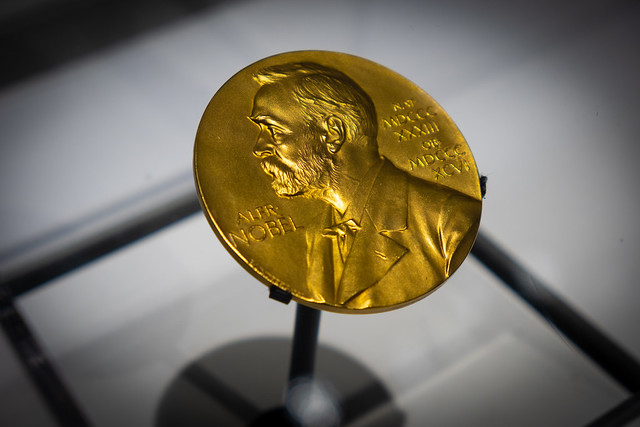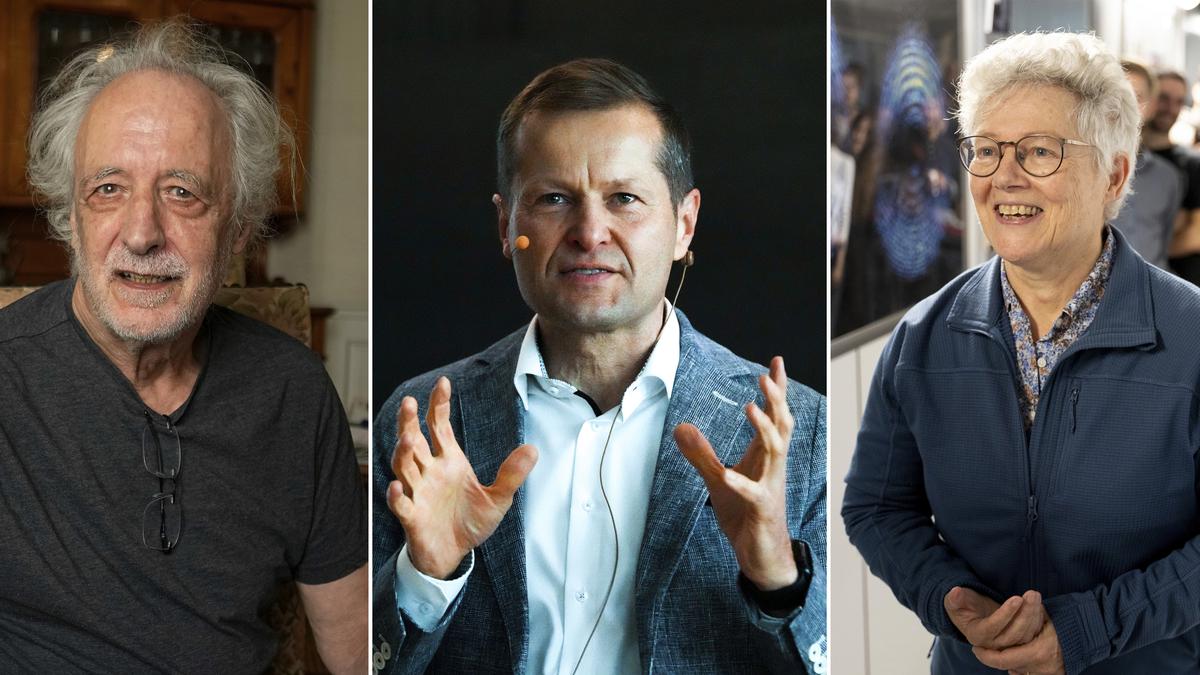Nobel Prize in Physics 2023: Shedding Light on the Quantum Realm

" Three Scientists Awarded for Pioneering Work in Unveiling the Electron's Secrets "

In a groundbreaking announcement, the Royal Swedish Academy of Sciences has awarded the prestigious 2023 Nobel Prize in Physics to three distinguished scientists: Pierre Agostini, Ferenc Krausz, and Anne L'Huillier. These visionary researchers have been recognized for their pioneering work in the field of experimental methods that generate attosecond pulses of light, enabling scientists to delve into the ultra-fast world of electrons. Their remarkable achievements open doors to a new frontier in physics, offering profound insights into the fundamental nature of matter.
The laureates' groundbreaking research centers around the generation of attosecond pulses of light, an endeavor that has allowed scientists to probe the elusive behavior of electrons with unprecedented precision. An attosecond, denoted by the scientific notation prefix "atto," represents 10^-18 seconds, making it an astonishingly brief unit of time. To put this in perspective, there are as many attoseconds in one second as there are seconds in the age of the universe.
Previously, researchers could only observe the motion of heavier atomic nuclei using femtosecond (10^-15) light pulses, with a thousand attoseconds constituting one femtosecond. Electrons, however, move at such astonishing speeds that they remained a mystery until the advent of attosecond pulses. This breakthrough has revolutionized our ability to comprehend and study the intricate dance of electrons within matter.
The significance of this achievement is underscored by the fact that it allows scientists to witness and understand processes that were once shrouded in mystery due to their breathtaking speed. The Nobel Committee for Physics Chair, Eva Olsson, remarked, "We can now open the door to the world of electrons. Attosecond physics gives us the opportunity to understand mechanisms that are governed by electrons. The next step will be utilizing them."
This groundbreaking work carries enormous potential across various scientific domains. In the realm of electronics, it promises to shed light on and enhance our control over electron behavior within materials. Additionally, attosecond pulses hold promise in identifying different molecules, with applications spanning medical diagnostics and beyond.
Anne L'Huillier, the fifth woman to receive the Nobel Prize in Physics, expressed her joy and gratitude for this prestigious recognition. Her pivotal discovery in 1987, which unveiled the emergence of various light overtones when infrared laser light passed through a noble gas, laid the foundation for subsequent breakthroughs in this field. Similarly, Pierre Agostini and Ferenc Krausz made invaluable contributions by producing and isolating attosecond light pulses, clocking in at 250 and 650 attoseconds, respectively.
These laureates, with their extraordinary contributions, have illuminated the world of science, quite literally. Their pioneering research not only pushes the boundaries of human understanding but also offers invaluable insights into the workings of the universe. As the Nobel Prize in Physics for 2023 celebrates this remarkable trio, it heralds a new era in scientific exploration, where the subatomic world of electrons is unveiled in all its breathtaking complexity.
Summary: The 2023 Nobel Prize in Physics has been awarded to three scientists, Pierre Agostini, Ferenc Krausz, and Anne L'Huillier, for their groundbreaking work in generating attosecond pulses of light. These ultra-short pulses have allowed scientists to observe and understand the rapid processes in which electrons move within matter. The laureates' achievements have profound implications across various scientific fields, including electronics and medical diagnostics, offering unprecedented insights into the behavior of electrons and the fundamental nature of matter. This recognition marks a significant milestone in the exploration of the subatomic world.
YOU MAY ALSO LIKE THIS
Robbers Loot Jewelry Shop in Mahottari; Traders Shut Down Market Deman..
Janakpurdham , March 17, 2025 : Traders in Mahottari have launched protests after a group of robbers looted a jewe..
2 Month Ago
Trump and Putin to Discuss Ukraine on Tuesday
Washington,March 17, 2025 – U.S. President Donald Trump has announced plans to speak with his Russian counterpart,..
2 Month Ago
One Injured in Police Firing at Bhathihan, Dhanusha
Dhanusha, March 17 – A clash erupted once again on Monday in Bhathihan, located in Sabaila Municipality, Dhanusha, over the ..
2 Month Ago





